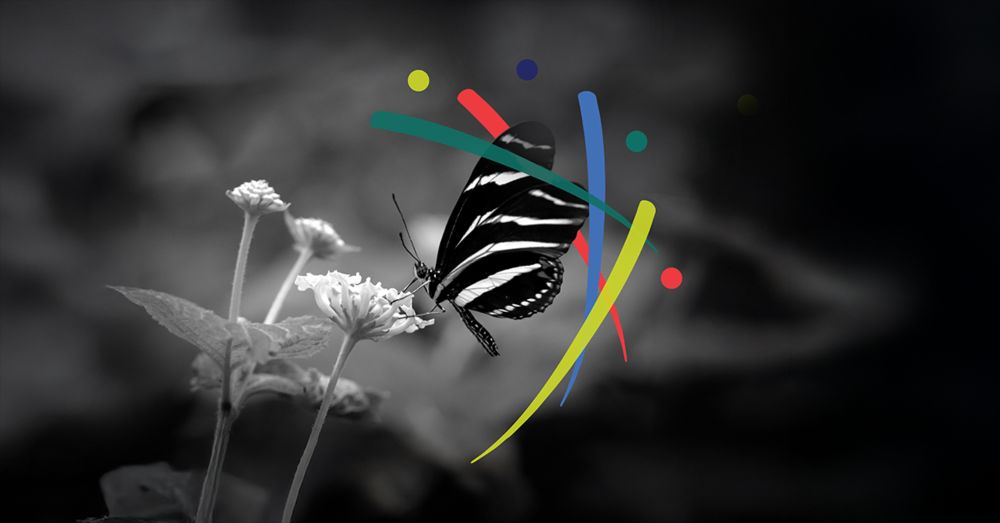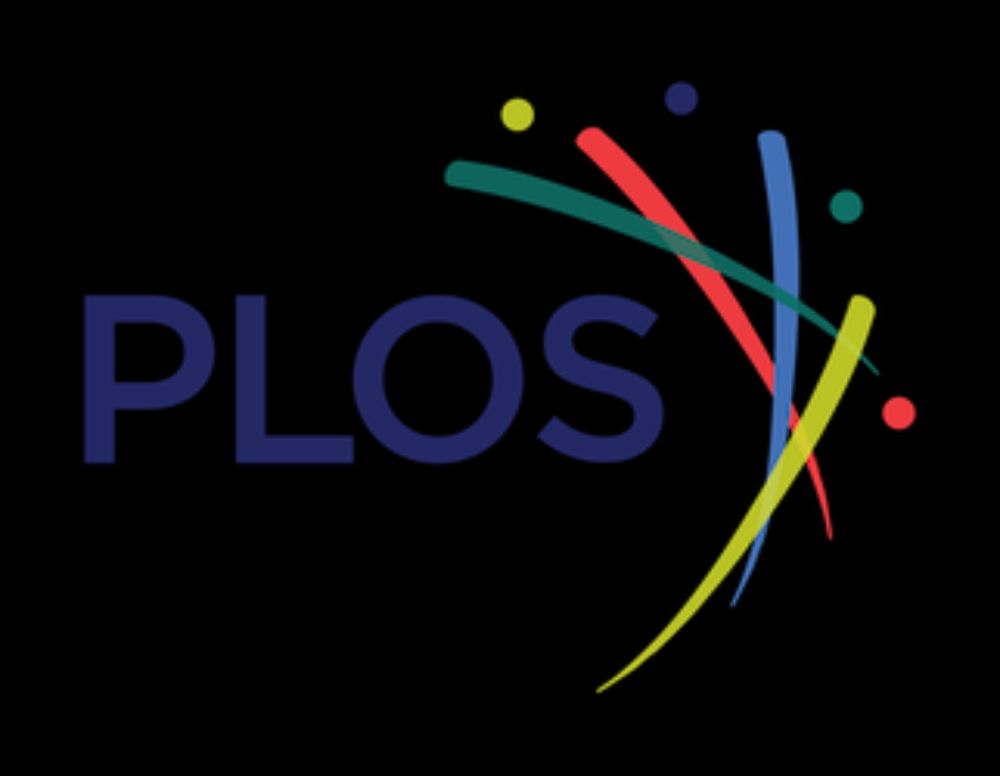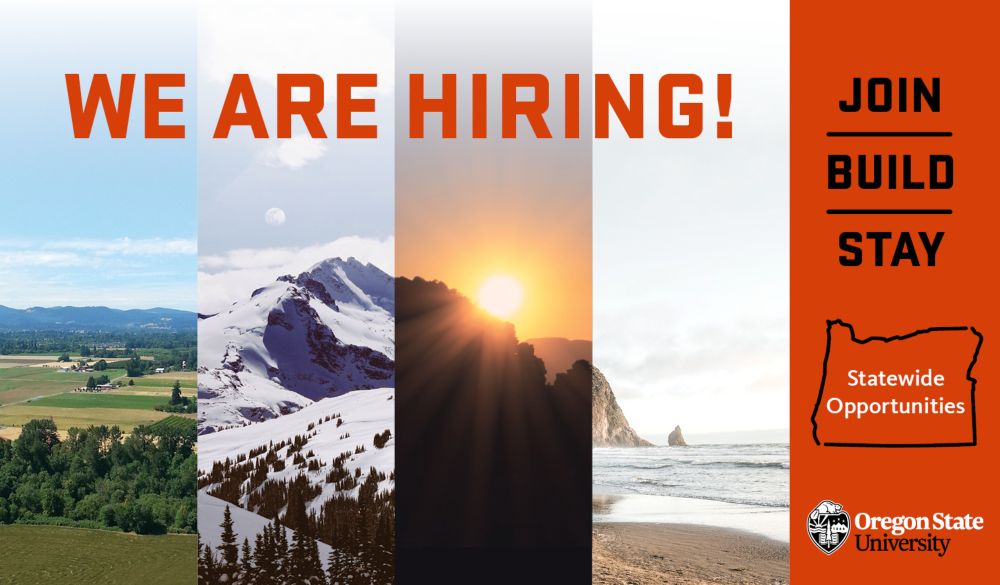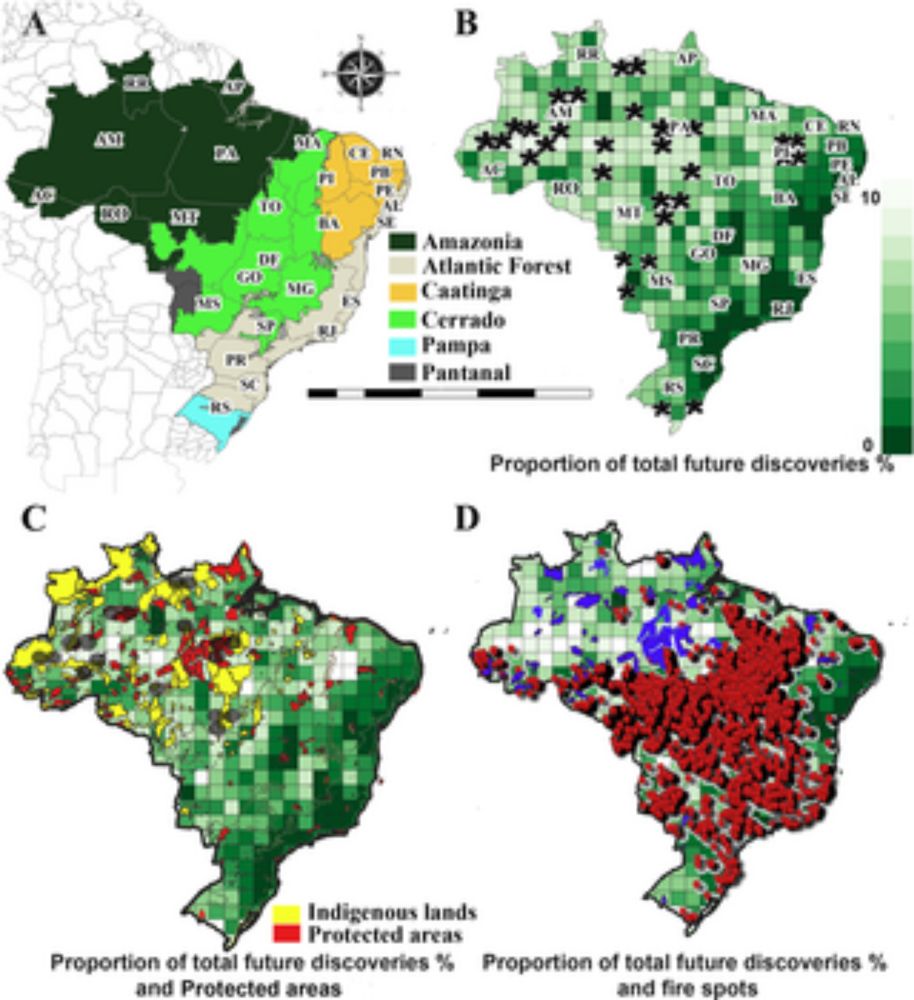Sarah Jose (JoseSci)
@sarahjose.bsky.social
54 followers
78 following
25 posts
Plant biologist turned science writer turned scientific editor.
Disclosure: I am a staff editor on the PLOS One Life Sciences team. Any views or opinions expressed are my own. 👩🔬
Posts
Media
Videos
Starter Packs
Reposted by Sarah Jose (JoseSci)
Reposted by Sarah Jose (JoseSci)
Reposted by Sarah Jose (JoseSci)
Reposted by Sarah Jose (JoseSci)
PLOS Climate
@plosclimate.org
· Jul 10
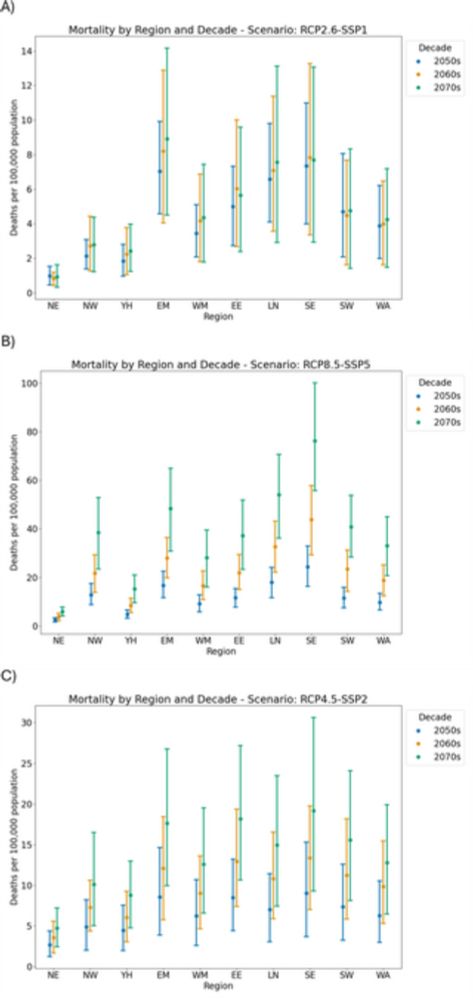
Projections of heat related mortality under combined climate and socioeconomic adaptation scenarios for England and Wales
This study projects heat-related mortality in England and Wales at Government region level under combined climate and socioeconomic scenarios, focusing on the implications of different pathways on ada...
journals.plos.org
Reposted by Sarah Jose (JoseSci)








